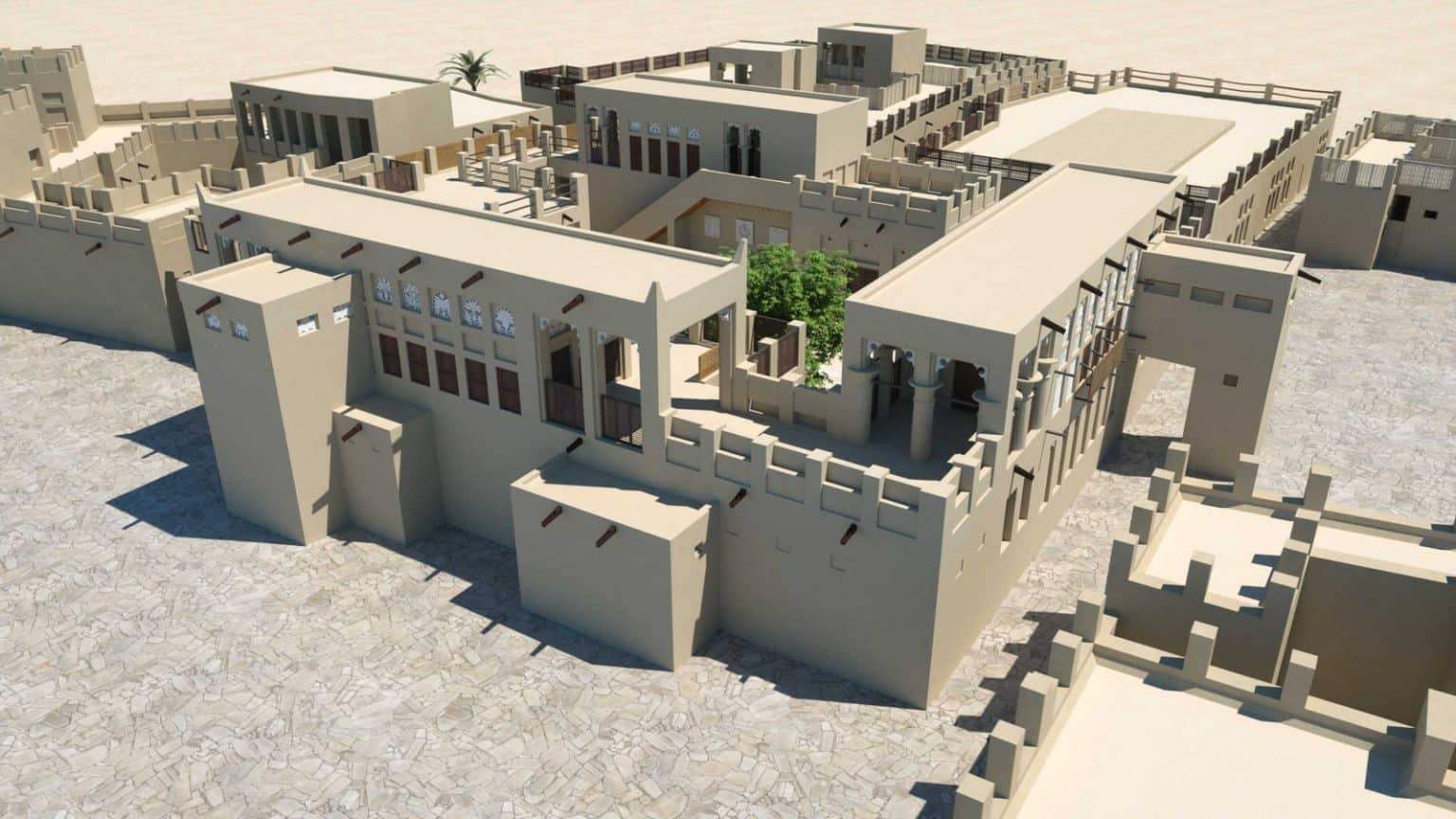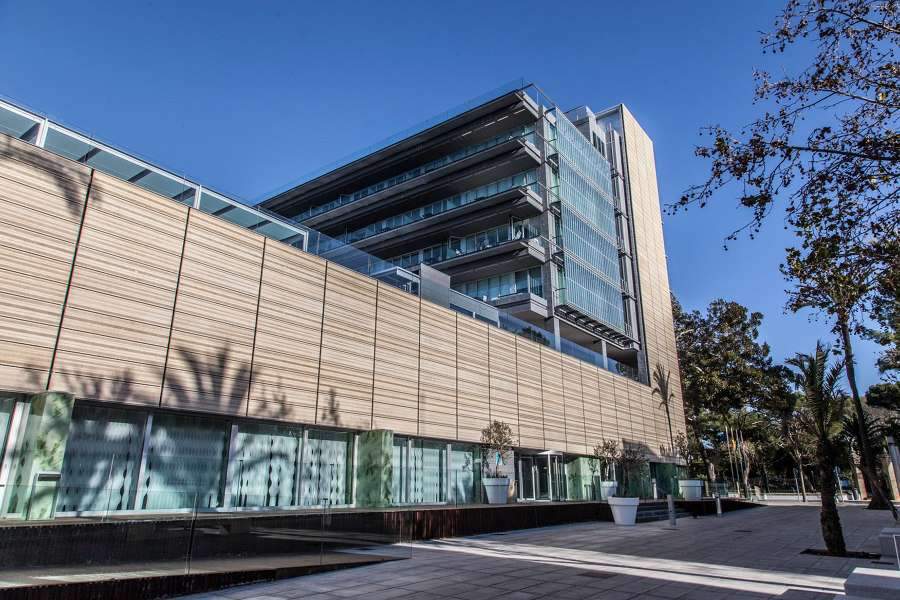Historic preservation plays a vital role in urban planning,
This is done by ensuring the protection, maintenance and restoration of historical buildings and monuments.
Not only do these buildings hold great architectural value, but they serve as tangible links to the city’s past, culture and identity.
However, achieving a balance between the need for modernization and preservation of cultural heritage,
It poses unique challenges for urban planners, policy makers and communities.

Below we will discuss the importance of preserving and preserving historical heritage in urban development,
We explore strategies for finding a balance between modernization and cultural heritage preservation.
The importance of preserving historical heritage
Historic preservation is rooted in the recognition of the value and importance of historic buildings and landmarks.
These buildings provide a tangible connection to the past and serve as repositories of collective memory,
cultural identity and architectural excellence.
While this section delves into the intrinsic value of historic preservation,
Focusing on its role in enhancing community pride, attracting tourism,
and contributing to the unique character of cities.
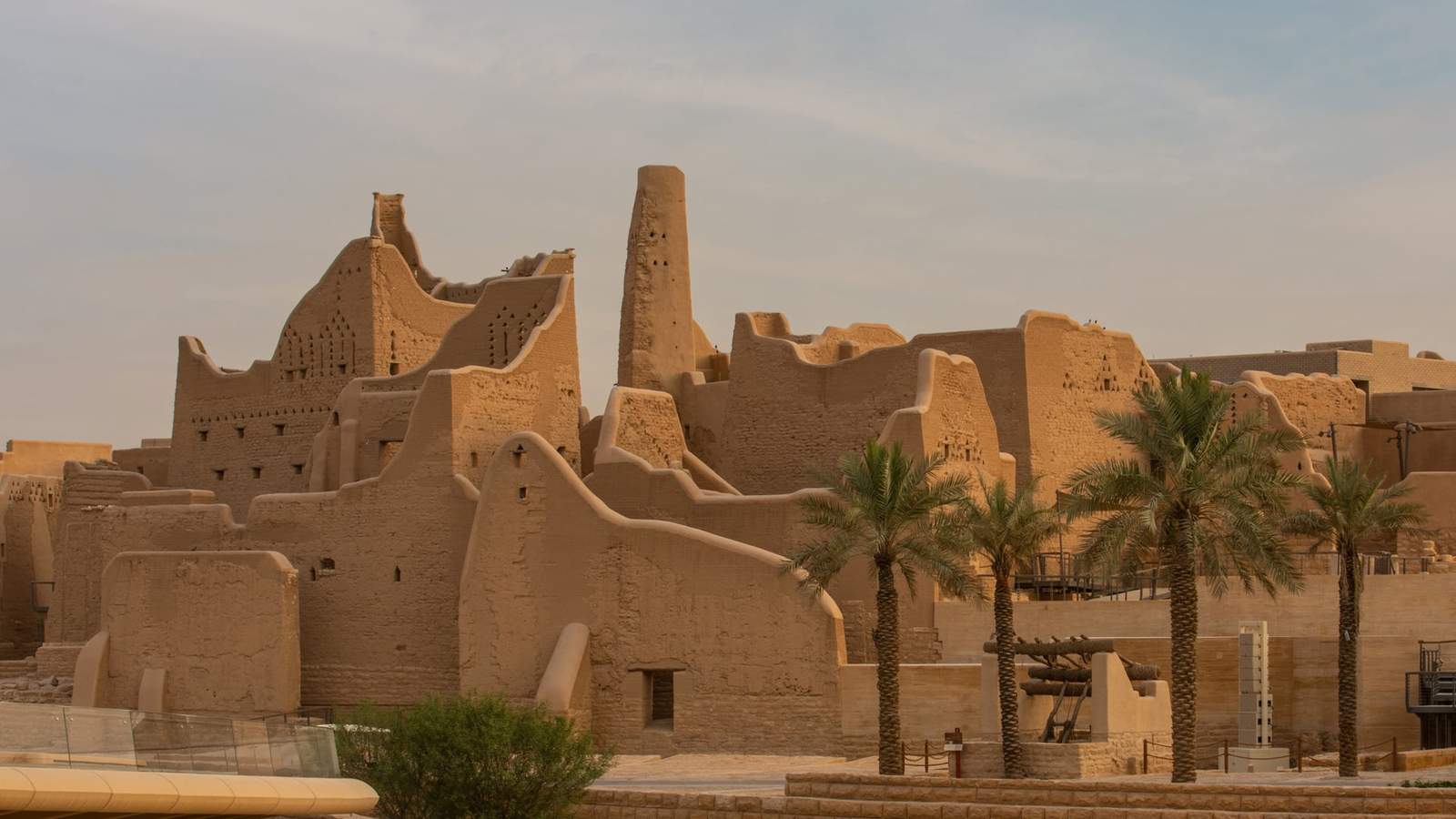
Challenges of balancing modernization and cultural heritage
Striking a balance between modernization and cultural heritage poses a number of challenges.
These challenges include conflicting interests between development and conservation, financial constraints,
and the need to adapt historical structures to meet modern standards and functions.
and the potential tension between preserving the past and accommodating the evolving needs and aspirations of current and future generations.
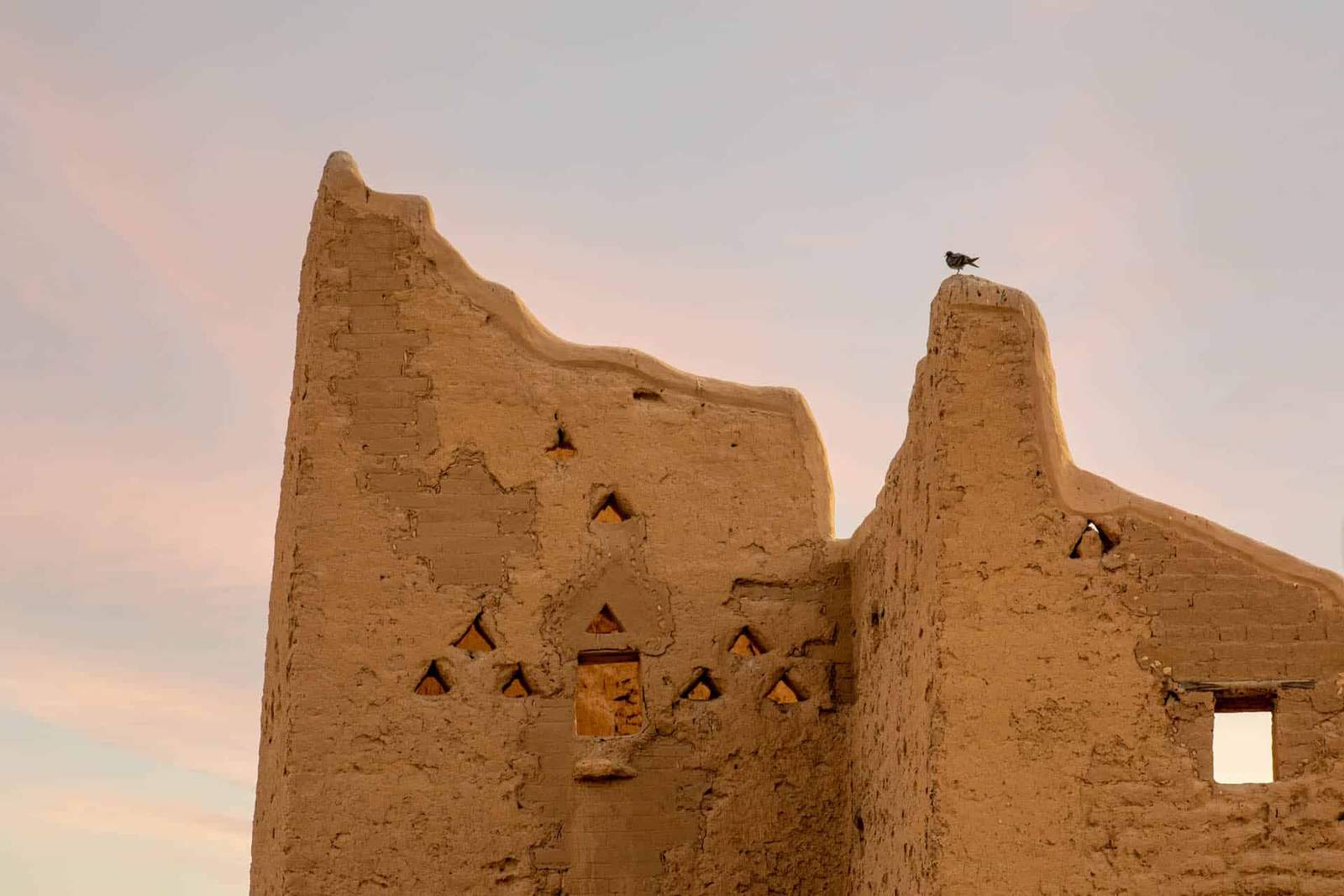
Legal and regulatory framework for preserving historical heritage
A strong legal and regulatory framework is crucial to ensuring the preservation and preservation of historic buildings and monuments.
Through legal protections, including heritage preservation laws, zoning regulations, and heritage impact assessments.
The role of government agencies, heritage authorities, and heritage preservation associations in enforcing regulations and promoting best practices in the field of heritage preservation.
Sustainable approaches to historic preservation
Sustainable approaches to historic preservation integrate environmental, social and economic considerations.
This is done by applying sustainable conservation strategies, including energy-efficient retrofits,
and adaptive reuse,
green building certifications, use of sustainable materials and construction practices;
To explore the concept of heritage-led regeneration,
Which combines historic preservation with economic revitalization to create vibrant and sustainable communities.
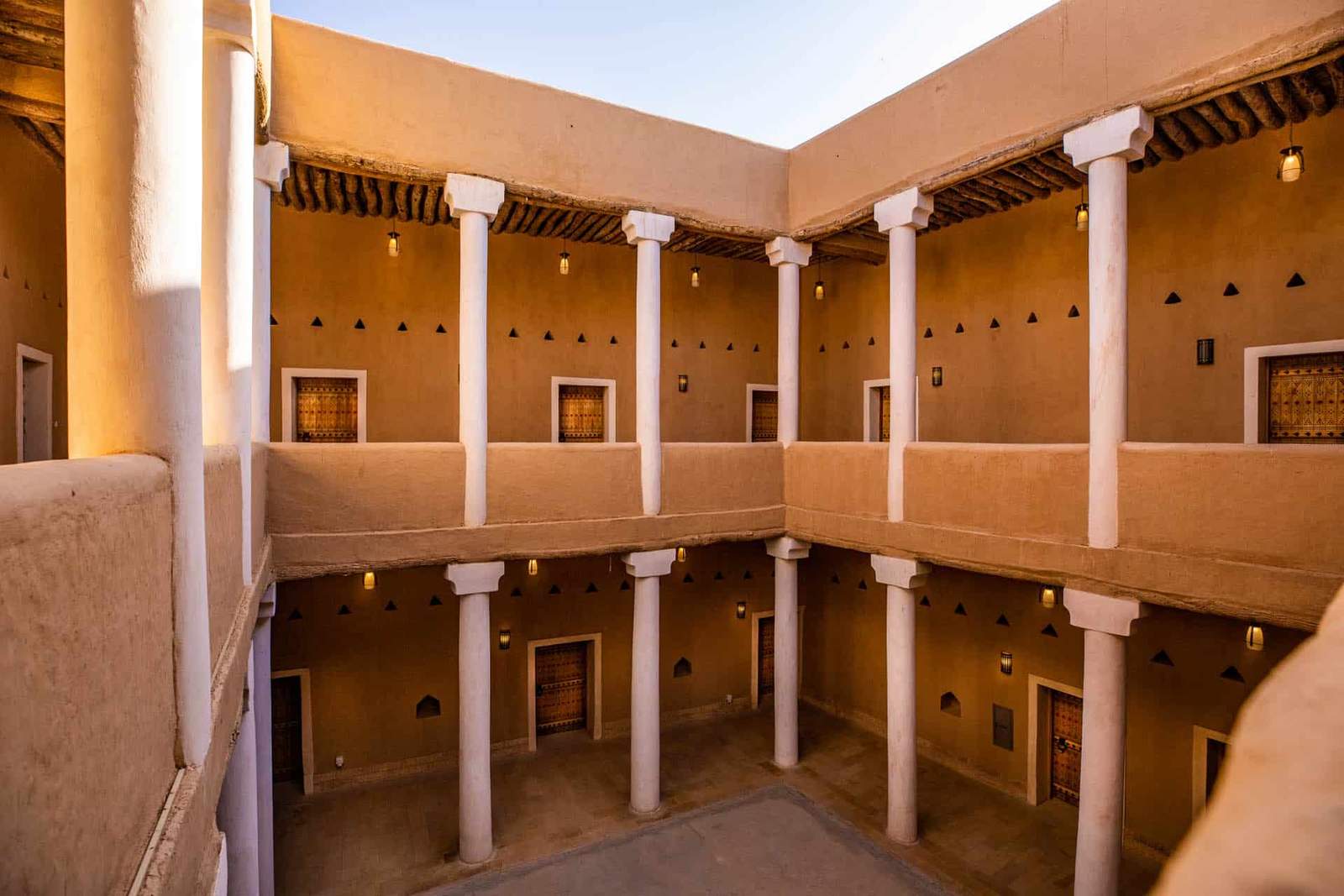
Community participation and stakeholder collaboration
Successful historic preservation requires the active participation of communities, stakeholders and heritage advocates.
This is through raising awareness of the importance of community participation in the decision-making process,
including public participation, education, and awareness campaigns.
And discuss the role of partnerships between government, the private sector,
non-profit organizations and local communities in preserving and celebrating cultural heritage.
iconic 1970s brutalist building given new life as ‘hotel marcel’ in new haven
Challenges of environmental conservation in the face of urban development
Rapid urbanization and development often pose significant challenges to historic preservation.
Therefore, awareness must be made of the threats to cultural heritage,
such as urban sprawl, gentrification, and inadequate infrastructure planning.
and explore strategies to address these challenges, including heritage impact assessments,
and heritage-sensitive urban planning, integrating historic preservation into broader urban development strategies.
Architect Job: Research Fellow in Architectural & Urban Heritage
Conclusion
From the above, it is clear that preserving and protecting historical heritage is necessary to preserve cultural heritage,
architectural integrity, and a sense of identity in urban development.
Balancing the need for modernization and preserving cultural heritage requires a multidimensional approach that includes legal protection,
Sustainable practices, community engagement, and stakeholder collaboration.
By finding the right balance between modernization and environmental preservation,
cities can create vibrant, inclusive and sustainable environments that celebrate their unique histories and cultural heritage.

